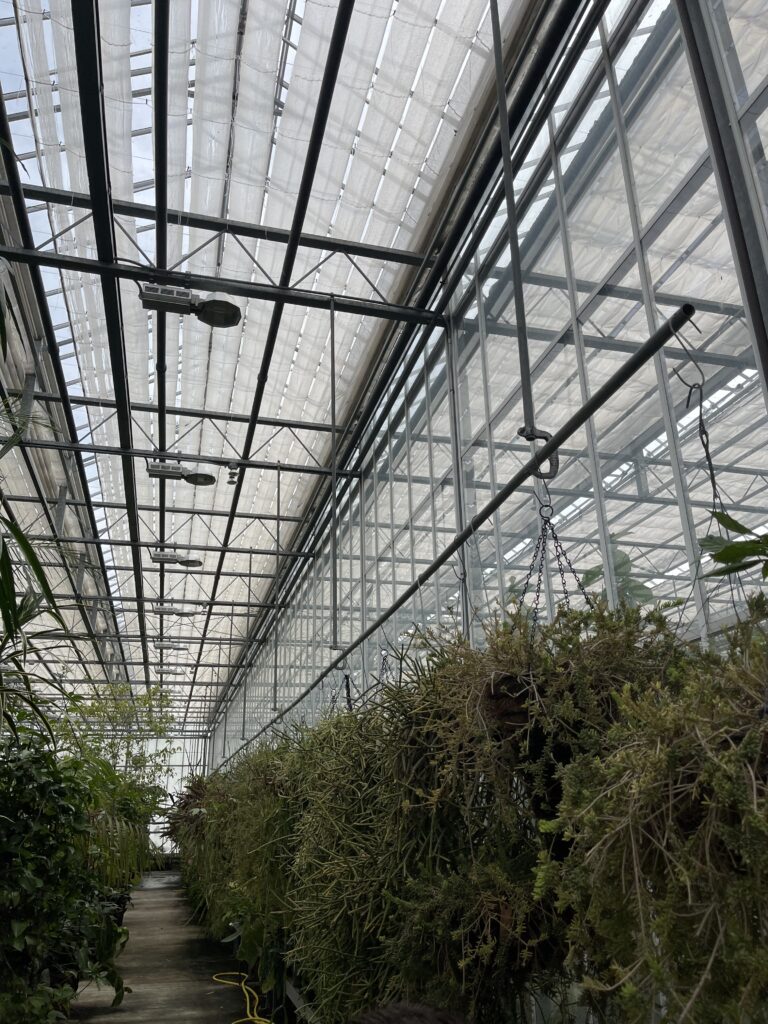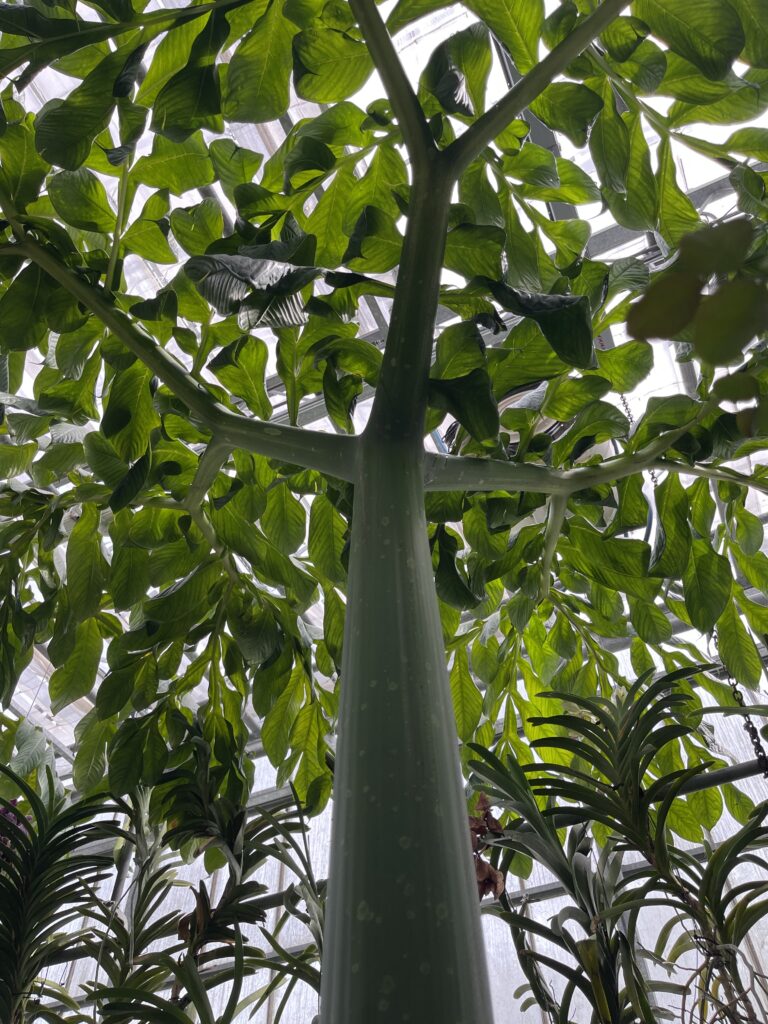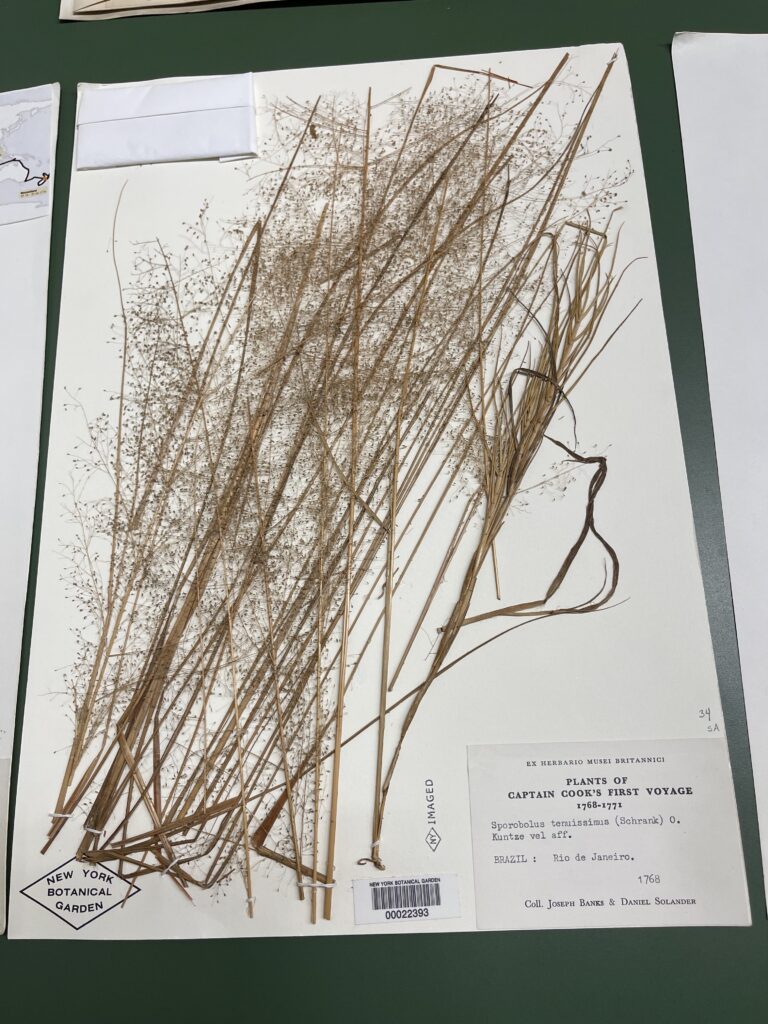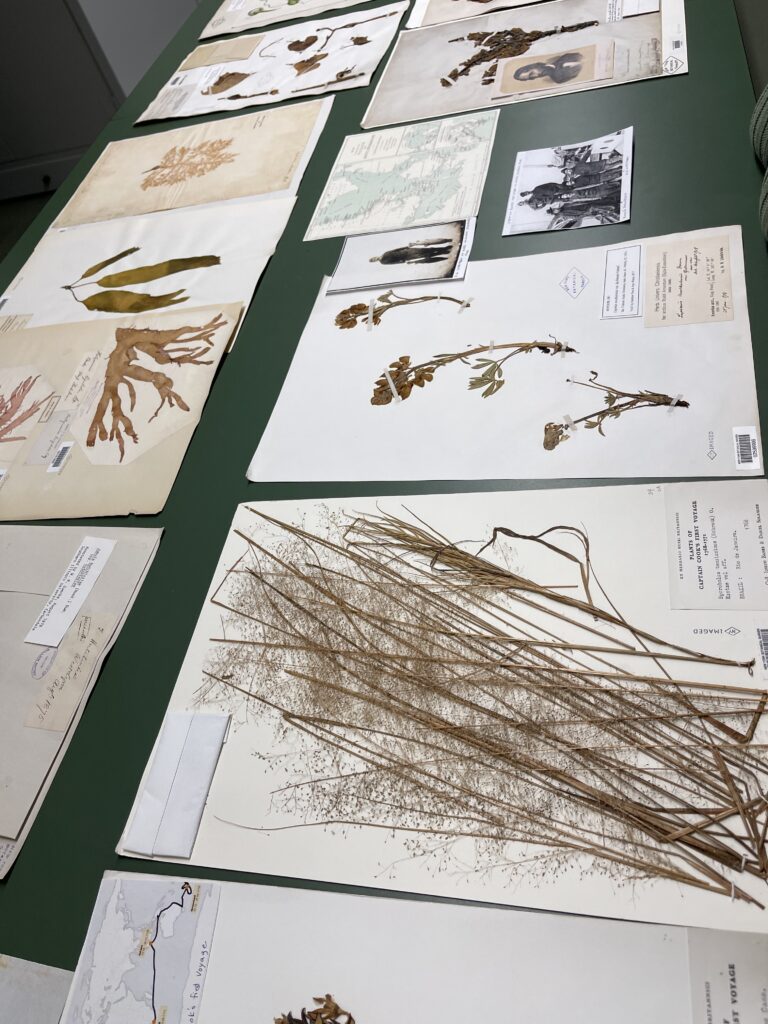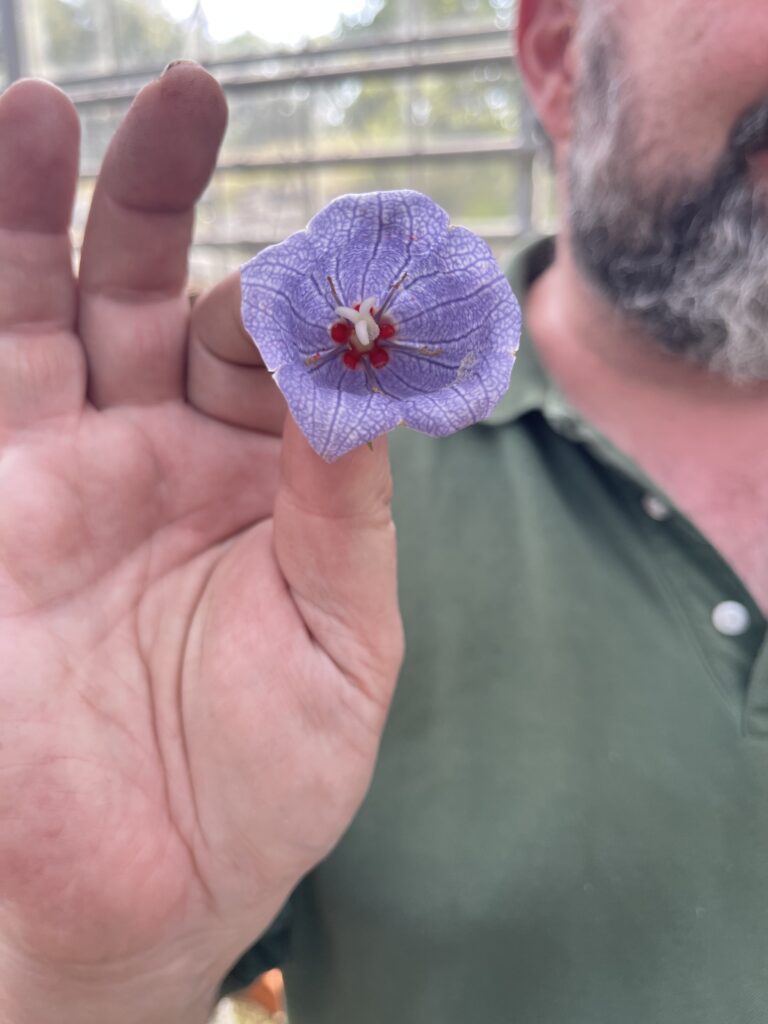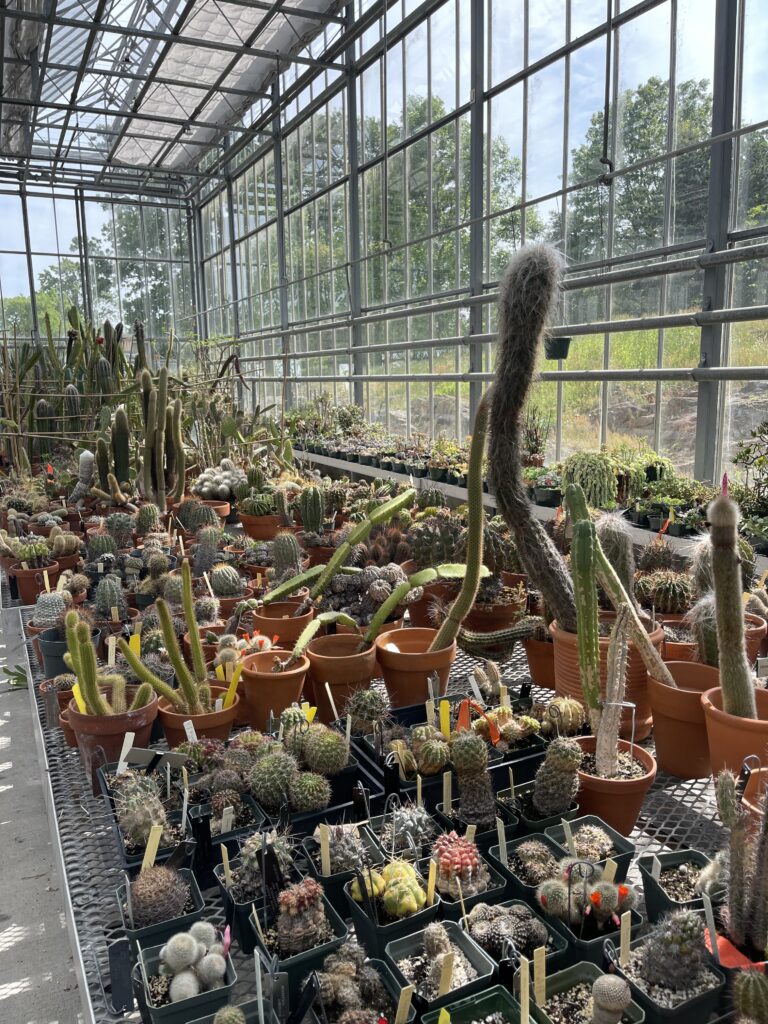The past month has been filled with exciting developments for my project! I have been meeting with Elaine Ayers, who I have to thank dearly for her gracious guidance to me. Her mentorship, connections, and expertise in the realm of botany has already proved invaluable to me. She put me in contact with Marc Hachadourian, who is the director of glasshouse horticulture and oversees the cultivation of all plants grown for the New York Botanical Garden. I had the pleasure of taking a behind-the-scenes tour of the greenhouses with him, where he explained both the historical and contemporary methods of cultivation for the gardens (some photos attached below!) He introduced me to a unique angle that I will be sure to include in my final research paper—that of framing horticulture as a form of stewardship. He explained how caring for these “charismatic megaflora” (meaning big, old plants that botanists and patrons alike tend to obsess over, e.g. the corpse flower pictured below) is in a way, caring for history. While not necessarily in opposition to my thesis, it adds additional breadth that highlights some of the benefits of Western botanical gardens, and is an important step towards understanding how to move forward in reimagining them in an equitable framework.
I also had the pleasure of meeting with Laura Briscoe, who is the collections manager of the Cryptogamic Herbarium at the NYBG. She specializes in a variety of botanical bodies of knowledge, from bryophytes to plant taxonomy and systematics, but I was most intrigued by our discussions on the institutionalized power dynamics that are at play in the creation, exchange, and exhibition of botanical specimens. Laura took me through another behind-the-scenes tour of the Herbarium, which was absolutely incredible to see firsthand plants taken during maiden voyages, some of which went on to become the type specimen (a sample of a plant used to describe and categorize all future samples) for various North American species. Having such an up-close look at holotypes and isotypes from the 17th and 18th centuries was a truly unique experience, and helped frame our later conversation around decolonizing not only our natural history collections, but also our conceptions of the natural world and its intersections with Western science and taxonomies.
I have also been reading various books and articles, with two of my favorites so far being Lucile H. Brockway’s “Science and Colonial Expansion” and the beautiful anthology “Botanic Gardens: A Living History,” but seeing as I am running out of space, I will have to save my scholarly research updates for a future blog post! I have been having the most wonderful time on this project, and I can’t wait to hear from everyone else on their updates!
– Ben
